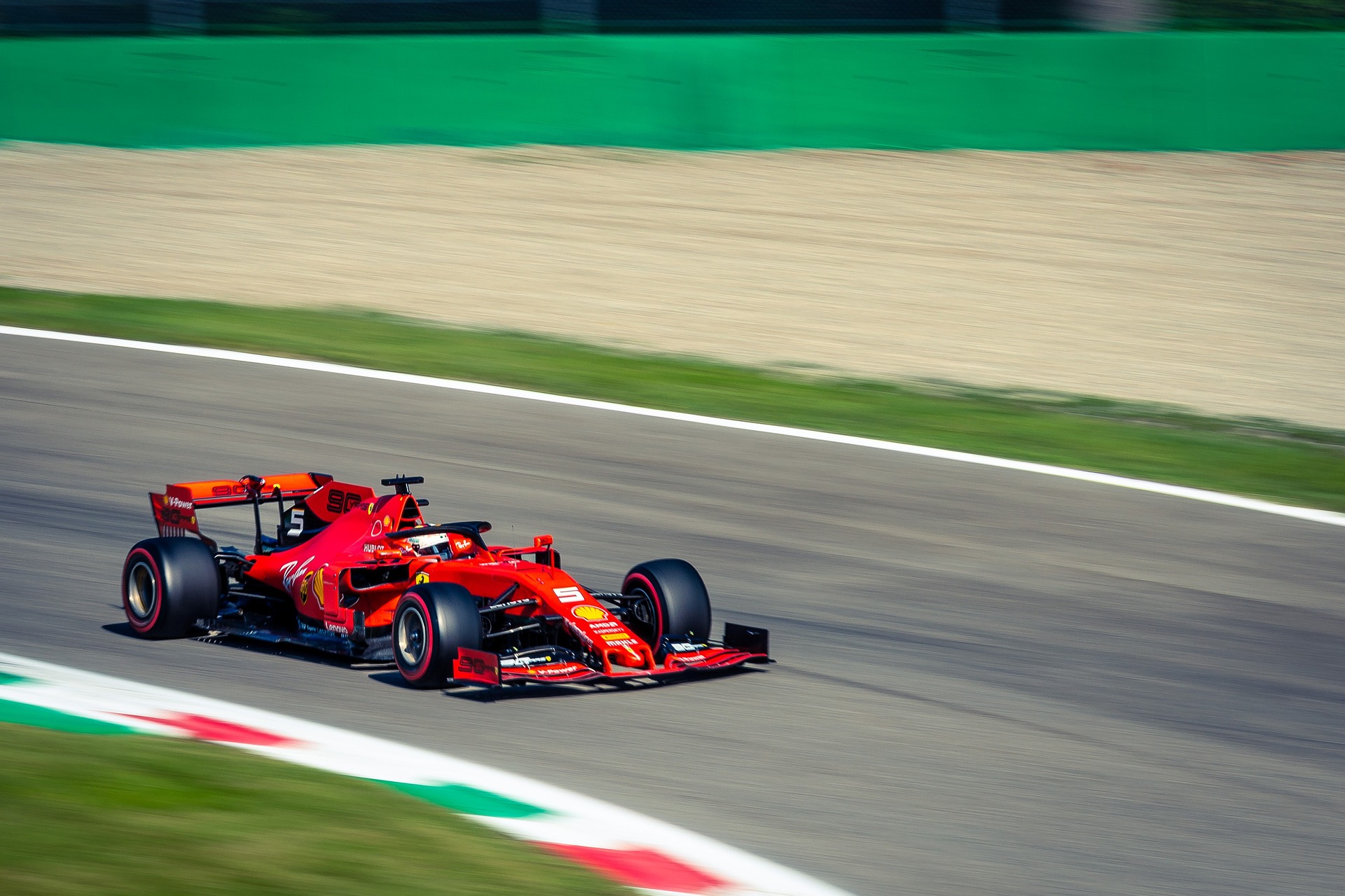The Future of Motorsports in the Age of Climate Awareness
Motorsports, an adrenaline-charged world of roaring engines and breakneck speeds, has always lay on the outer edges of societal acceptance. However, in our current age of climate awareness, this longstanding tradition is facing the dual inevitability of environmental responsibility and the march of technology. This article will delve into how motorsports are evolving to strike a balance between spectacle and sustainability.

A Paradigm Shift in Motorsports
Motorsports have traditionally been synonymous with high-octane gasoline engines, thunderous noise, and plumes of exhaust. However, growing environmental concerns are reshaping all aspects of society, including professional racing. The push towards sustainability has resulted in exponential advancements in electric and hybrid technology, racing fuels, and even the designs of racetracks.
Electric Transition: Formula E
In the face of rising climate consciousness, Formual E was born. Debuting in 2014, it stands as a solid testament to how motorsports are embracing cleaner technologies. Formula E’s silent, high-speed races blur the lines between traditional notions of motorsports and a sustainable future. Moreover, it provides a platform for manufacturers to develop and test electric technology, which often trickles down into everyday vehicles.
The Rise of Hybrid Systems in Formula 1
Perhaps more indicative of wider market trends, Formula 1 has embraced a blending of technologies. Since 2014, Formula 1 cars have been powered by a combination of a 1.6-litre V6 engine and an electrical system. The hybrid technology not only reduces carbon emissions but also adds a fascinating strategic dimension to races. This oscillation between battery access and fuel usage requires precision planning from the pit.
Le Mans and Sustainable Racing Fuels
Synonymous with endurance racing, the 24 Hours of Le Mans is also staking its claim in environmental efforts. Beginning in 2022, Le Mans will introduce a new category where performance will be limited by energy usage rather than engine displacement. The race will also allow the use of biofuels and synthetic fuels, significantly reducing overall carbon emissions.
Greener Circuits: The Circuito de Jerez
In Spain, the Circuito de Jerez motor racing circuit leads the way in sustainability. Through the use of photovoltaic panels and a biomass heating system, the circuit is reducing its carbon footprint. Furthermore, the complex employs a self-sustaining water supply, promotes recycling, and encourages the use of local environmental-friendly materials.
- Motorsports are using sustainable methods to maintain their relevance in an eco-conscious world.
- Formula E is driving technological advances in electric car technology.
- Formula 1’s hybrid model leans into fuel and battery strategy, introducing exciting dynamics into races.
- Le Mans is focusing on energy usage rather than displacement, promoting sustainable fuels.
- Racing circuits like the Circuito de Jerez are adopting eco-friendly measures.
Much like the combustion engine itself, the motorsports we know are in for an overhaul. But as with every overhaul, opportunity abounds – for inventiveness, ingenuity, and proving that speed and sustainability needn’t be adversaries. The future of motorsports is one of propelling man and machine forward, mindful of the world pushing back with its own needs. As motorsports fans, drivers, and engineers, we may yet look back on the roar of a traditional engine with nostalgia, but we can look forward to the silent, high-speed thrum of a sustainable journey. After all, progress must first navigate a corner before it can accelerate again.




